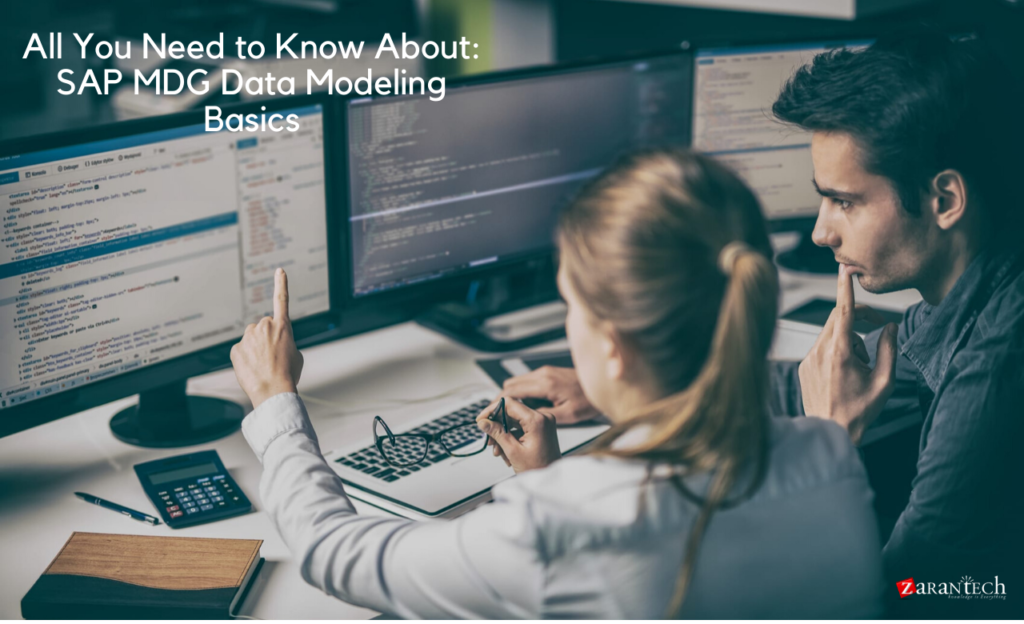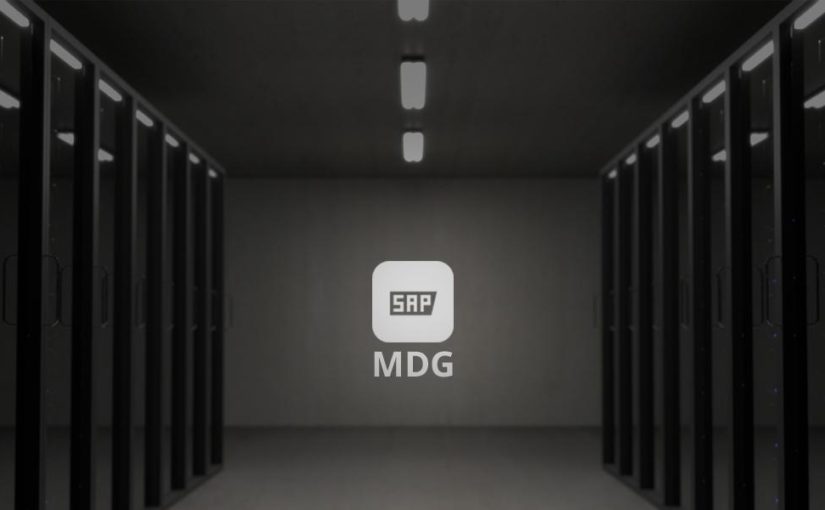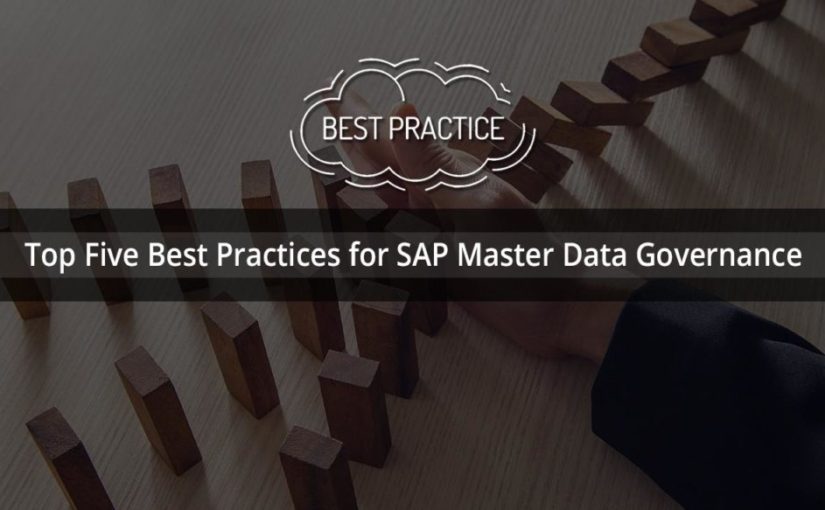All You Need to Know About: SAP MDG Data Modeling Basics
Category: SAP MDG Posted:Jun 01, 2020 By: Robert
This is a technical blog about enterprise Master Data Management using SAP MDG. This is an honest view that highlights both the features as well as the restrictions of this software solution.
MDG Data Modeling Basics
Data Modeling, the primary step with any MDG Implementation. Similar to other aspects of MDG, Data Modeling Procedure is adaptable as well as generic. The adaptability ensures that MDG can address a variety of customer requirements as well as data model design specifications.
This blog site highlights numerous guidelines and reasons behind the data modeling decisions. For an end to end solution implementation. In the data modeling implementation, once the data model is implemented in MDG and activated, the system automatically generates the underlying tables and structures. When the end-users create or change data from the UI, the data is persisted in these generated tables.
Data Model for Z4 (a test data model):
The corresponding generated tables for Z4:
There is a various configuration option when creating an Entity. Each of the options influences the final MDG Solution in a unique method. In this blog site, we think about the configuration options readily available with MDG Data Modeling as well as their significance.
The first step in MDG Data Modeling is to create a SU Type 1 (Storage and Usage Type One) entity. To draw an example with MDM, SUT1 in MDG represents the Main Table in MDM.
Click Why SAP MDG? And Know the Basic Reason Behind This.
For a simple Type1 entity, the Storage Type, Data Element, and Description are the main fields. Leave the others as defaults. Data Element is an optional area here. When given, the Data Element is a crucial area in the generated table.
For this Entity, I have actually added one attribute of type Z3COMMENTS. Pl. note that the Data Elements as well as Domains utilized in MDG Data Modelling already exist as part of an ERP Solution or are developed (making use of SE11 tcode).
Want to Boost Your Skills in SAP MDG? Click here
This is a simple data model with a single Entity. Suggested next steps:
- The Four Entity Types in MDG.
- Comprehending relationship in MDG.
- Key Assignments, as well as Deletion, have a dependency on each other. These reliances are enforced by the system. Try to change the default values to observe the specific dependencies.
The following three error messages show up when I tried to change the Key Project to ” Key Can Be Changed; Internal Key Assignment Possible”.
4. Try creating the SUType1 entity without the data element. Instead of including an attribute of this type (of data element) to the Type1 entity. See the resulting change in the Schema of the generated table.
Bottomline
I hope this article helped you understand how to get perks out of the Benefits module of SAP MDG. If you’re willing to learn more about this topic, you’ve come to the right place.
At ZaranTech, we offer a self-paced Online Training Program on SAP MDG. This course will increase your knowledge about the subject as it is conducted by experienced and well-known trainers. Feel free to visit our Courses because Learning Never Exhausts The Mind.
These are the related articles that you can check



 99999999 (Toll Free)
99999999 (Toll Free)  +91 9999999
+91 9999999